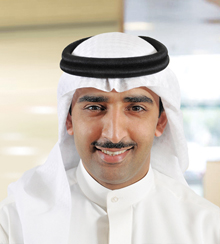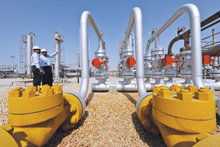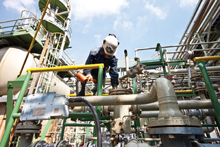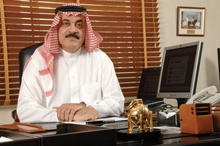
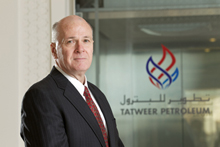 Hanley ... meeting challenges head-on
Hanley ... meeting challenges head-on
TATWEER Petroleum, a joint venture between Bahrain’s National Oil and Gas Authority Holding (nogaholding), Occidental Petroleum Corporation and Mubadala Development Company set up four years ago to boost output from the ageing Bahrain Field, has been successful last year to improve production growth, its CEO Ed Hanley says.
Since the start of Tatweer operations four years ago, production of black oil has increased 70 per cent, from 26,000 barrels per day (bpd) in December 2009 to 44,000 bpd in December 2013, he says in an exclusive interview with OGN.
Oil production is now back at levels not seen since the late 1970s. Gas production capacity has similarly increased to ensure that all of the kingdom’s energy needs are met, he says.
Excerpts from the interview:
What have been the significant achievements of Tatweer during 2013?
Tatweer continued to develop new production from the Bahrain Field and improve production efficiency with the introduction of new facilities and automation systems. Some of the major achievements include:
• Drilled 193 new wells, bringing the total drilled by Tatweer to 645;
• Initiated eight pilots in multiple reservoirs to test enhanced oil recovery (EOR) processes;
• Put fifteen new well manifolds and two new tank batteries into operation;
• Installed a new fiber optic network, connecting all major production facilities;
• Completed build out of Tatweer’s high voltage distribution system; and
• Increased Bahrainisation rate to 68 per cent.
After over four years of operation how much have you been able to improve production at the Bahrain Field?
Production growth in the Bahrain Field continued during 2013. Since the start of Tatweer operations four years ago, production of black oil has increased 70 per cent, from 26,000 bpd in December 2009 to 44,000 bpd in December 2013. Oil production is now back at levels not seen since the late 1970s. Gas production capacity has similarly increased to ensure that all of the kingdom’s energy needs are met. Notable production achievements during 2013 include:
• Annual black oil production increased to 43,300 bpd;
• Annual oil and condensate production increased to 47,900 bpd;
• Record monthly black oil production of 45,800 bpd;
• Record monthly oil and condensate production of 51,300 bpd;
• Annual associated gas production record of 530 mmscfd;
• Non-Associated Gas (NAG) system delivery capacity of 2.3 bcfd; and
• Highest NAG daily production of 1.7 bcfd.
What were the technical reasons that brought about the production increases in 2013?
There were a number of factors that contributed to our production performance improvements last year. Installation of multiple new production facilities paid a large benefit in removing production bottlenecks. The facility performance was further enhanced with the installation of digital surveillance and automation systems which improve our efficiency and shortens response time. Of course, our well drilling and workover programmes continue to support production growth and our efficiency in these areas improves every year. In fact, drilling efficiency has improved to the point we were able meet our annual drilling target of 180 wells early and release one rig in September; we continued with the other two rigs to finish the year with 193 new drill wells.
What was the total annual spent in 2013? Kindly give the details.
2013 was another year of heavy investment by Tatweer. In all, the operating and development costs exceeded $700 million. The development investment was almost equally split between the rig programmes and the facilities projects. During the year, most of the large multi-year infrastructure projects were completed, so we will see a lower investment level for the next few years in line with our Master Development Plan.
What are the challenges that you face currently in your task of boosting output? How do you overcome them?
The Bahrain Field, having been discovered in 1932, is the oldest field in the region. Continuing to increase production from this field, after 80 years of production, is challenging. The “easily recoverable oil” has already been produced but about 85 per cent of the original oil-in-place is still unrecovered. This remaining “difficult to recover oil” will need to be coaxed from the ground with the help of the latest technology in the form of enhanced oil recovery (EOR) processes. For this reason we have initiated EOR pilots in the various reservoirs to test different EOR concepts and determine which processes will work best in each reservoir.
 |
|
Tatweer ... making an array of products |
What EOR processes are being tested? Will one EOR process ultimately be selected for the field? When?
The Bahrain Field is made up of 16 stacked reservoirs which range in depth a few hundred feet to more than 10,000 feet. The Bahrain Field reservoirs are highly complex and each reservoir has its own unique rock and fluid characteristics. As a further challenge, some of the reservoirs are in hydraulic communication with each other through natural faulting in the field, permitting gas (injected over the last 70 years) and water to move from one reservoir to another. We do not expect that a single EOR process will be effective in every reservoir. Therefore, we are testing a variety of recovery processes. To date we have initiated eight pilots in the field, six waterflood and two steamflood. We are also making plans to conduct chemical and WAG (water alternating gas) tests. Further studies and screening will be done on more exotic processes, such as miscible flooding (CO2) or enriched gas flooding. We expect to be in the EOR piloting business for the next three years or more.
What are the challenges that you face in changing the operational philosophy of the field with introduction of things like digital surveillance, automation and EOR?
Fortunately, in Bahrain, we have an exceptional workforce that has extensive experience in oilfield operation (many via Bapco), is very receptive to new ideas, and is proving to be quite nimble. Couple this with expertise being provided by our shareholder companies, Occidental and Mubadala Petroleum who have extensive experience in field modernisation and EOR technology, and we have a good formula for success. We have also recruited well and now have a diverse workforce bringing experience from many different parts of the globe. While the large majority of our employees are Bahraini nationals, we think this diversity makes our company stronger, more effective and more adept at managing change in operational and business philosophies.
What is the 2014 outlook for Tatweer?
We expect another year of progress on multiple fronts in 2014. The drilling and workover efforts will continue, of course, and we will be expanding the existing EOR pilots and initiating some new ones in preparation for the next phase of development and production growth. On the staffing side, we have started to develop the next generation of field operation and maintenance professionals.
Recently we partnered with Tamkeen to enlist 60 new recruits who will receive intensive technical and operational training to become production operators and technical specialists. The first 40 are already on board at Tatweer and the next 20 will join this summer after completing their foundation training at the National Institute of Industrial Training in Bahrain. Another milestone will be reached this summer when the new Tatweer Headquarters building, currently under construction, is completed and occupied. A new Central Control Facility will also be completed adjacent to the headquarter building, creating a new major hub for Tatweer operations.
How do you see the development of Bahrain Field mature assets impact on nearby maturing fields in future?
The Bahrain field is a prototype of nearby giant fields in terms of geological deposition, lithology, rock properties and fluid types. The success of EOR pilots in the Bahrain field will open up new vast opportunities for the nearby maturing fields that will have similar challenges in the future. The expertise generated in the Bahrain Field will be a center of interest in the region. For instance, our unique steamflood pilot in light oil is the only one of its kind in the world. The success of this pilot and others will unlock the potential of many depleted reservoirs.



















































































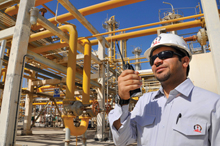
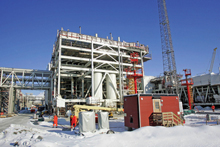

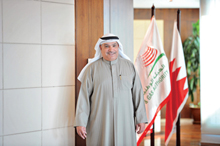
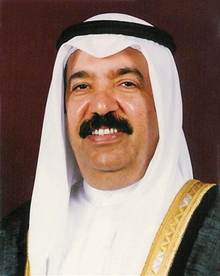
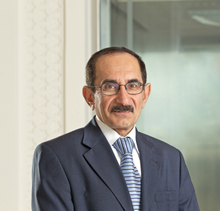
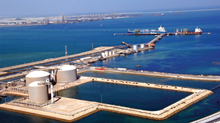
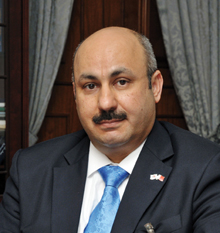
.jpg)
